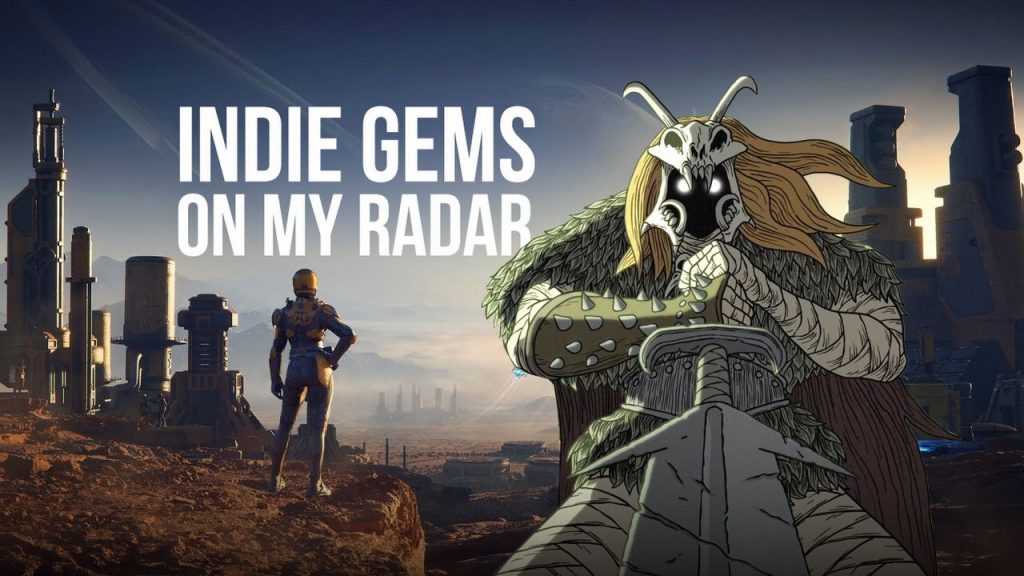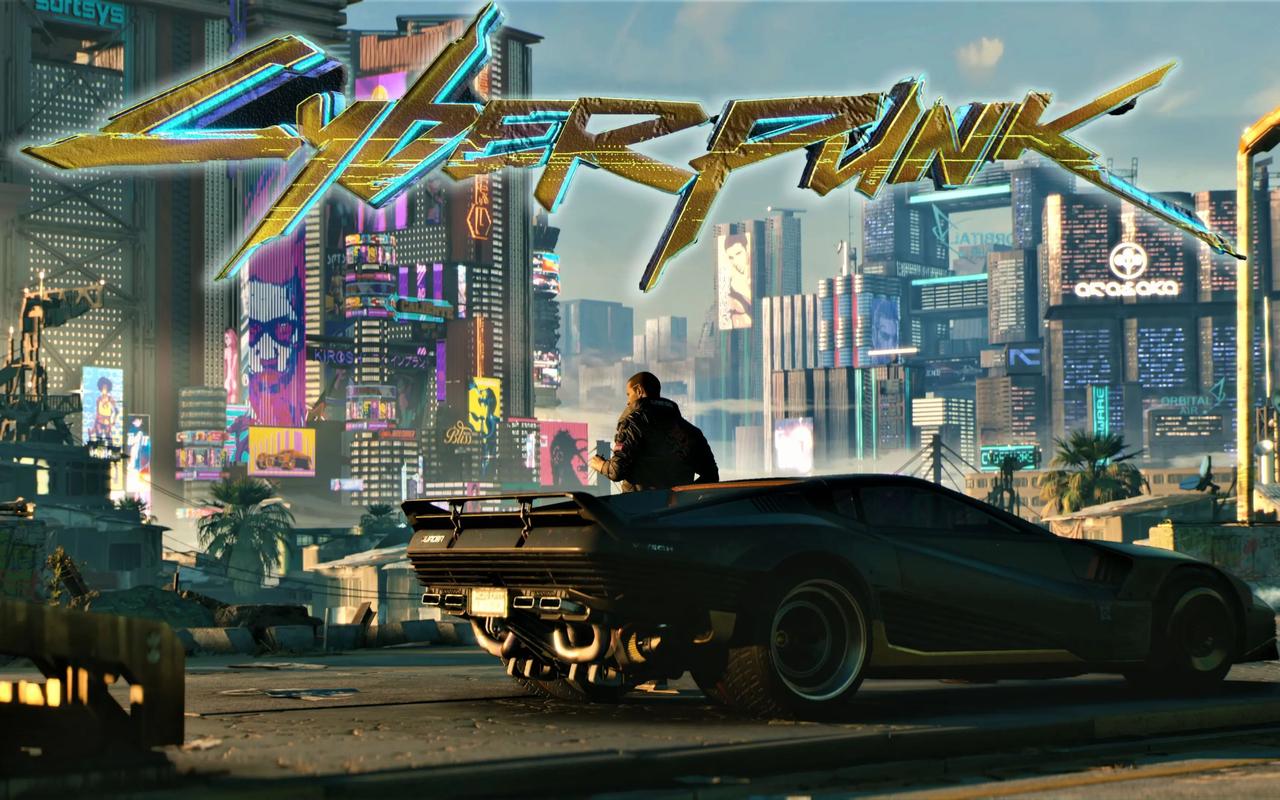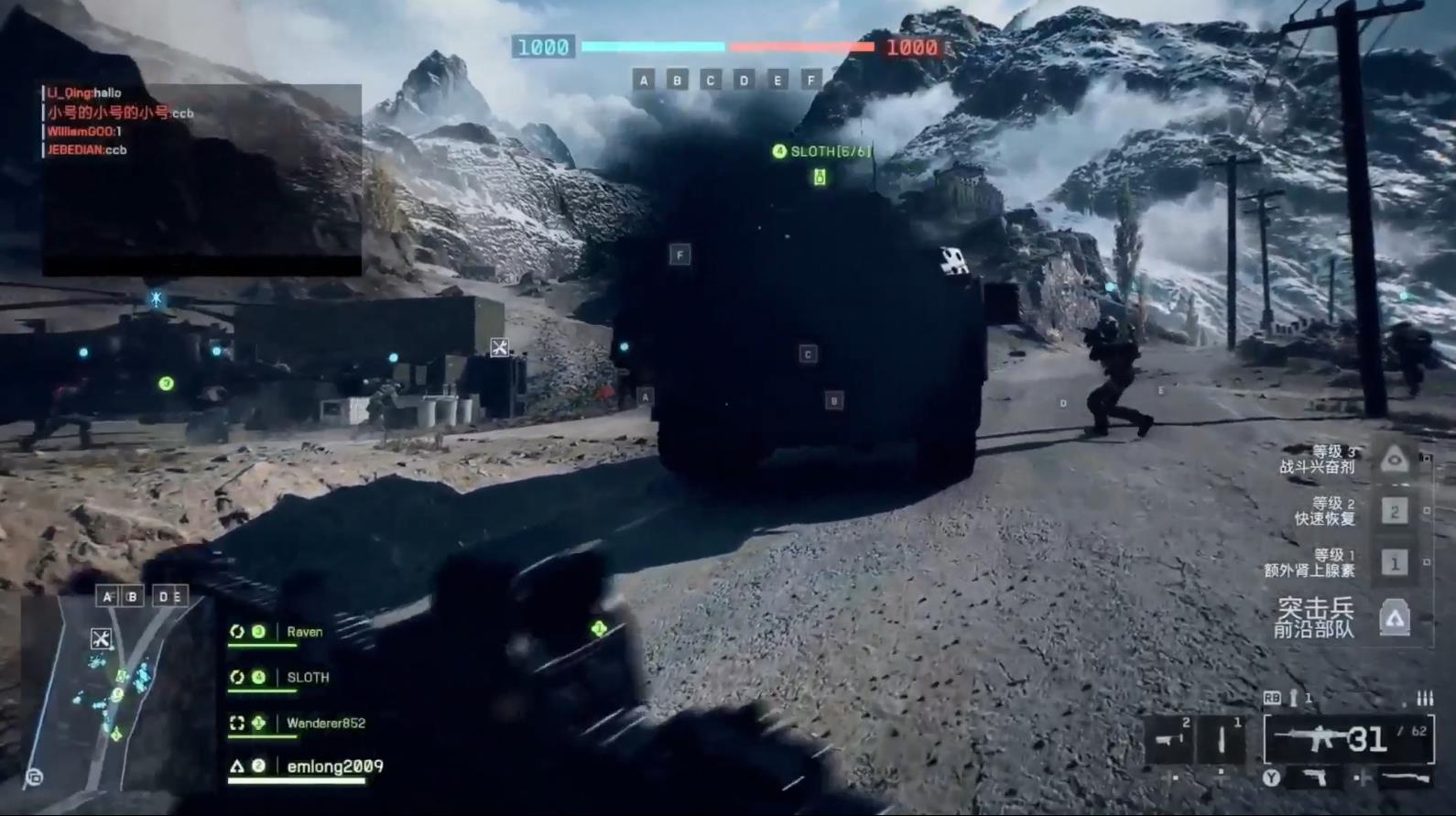Let’s take a break from the biggest publishers and established brands for a while. Events like gamescom are an opportunity to meet a host of independent exhibitors whose games often offer experiences that are hard to come by in the mainstream AAA segment.

Today, I have three smaller games for you that I had the chance to see live during the August trade shows, and which are worth keeping on your radar.
Farever, an MMO lite for fun with friends
A specific combat system, character development mechanics, and a distinctive interface filled with keyboard shortcuts are elements that are clearly associated with the MMORPG genre. People who shy away from this type of project can rest assured – Farever (whose developers use the term “cooperative action RPG”) only borrows certain solutions while aiming at a slightly different niche.
During a roughly half-hour session, I had the opportunity to explore one of the game’s starting locations. What first caught my attention was the rather light, arcade-style movement model. In the game world, there were plenty of platforming challenges, and you had cool tools to help you out, like a grappling hook and an owl that acted like a glider. Exploring the colorful world in this way was a lot of fun.

The arcade nature of the game is also felt in the combat system. Fast opponents and lots of area attacks mean you gotta keep moving around the arena and plan your attack angles smartly. This all works well with the flexible character development model, where you can freely mix weapon skills and character abilities. Farever definitely has a chance to appeal to players who like to experiment with builds.
The game definitely has some potential. Even though Farever doesn’t offer groundbreaking solutions, it cleverly mixes features from different genres with a fun, colorful style, making it super satisfying already. I also feel that this type of game will work best when played with a close-knit group of friends. I will be following the project’s developments with interest – Farever is scheduled for release next year.
SpaceCraft, a space simulator with scope
Another interesting title from Shiro Games is SpaceCraft. From the very first moments, this ambitious space exploration simulator brings to mind titles like No Man’s Sky. Just like in Hello Games’ creation, our job is to hop from planet to planet, gather resources, and set up bases on the new worlds we explore. Despite the similarities, the devs have decided to place the emphasis slightly differently.

The raw sci-fi aesthetic combined with complex mechanics clearly suggests that the developers responsible for SpaceCraft are targeting hardcore fans of the genre. During the demo, I got to check out how a basic planetary base works and expands, the crafting system that lets you process collected resources, and even a cool way to customize your ship. Even now, the variety of mechanics, development trees, and dependencies is impressive, and we’re still talking about a fairly early alpha version. According to the information provided by the devs, the goal is to create an extensive, living environment created by the players themselves. I believe that the SpaceCraft mechanics can only benefit from multiplayer mode.

The technical aspect also looks interesting. The process of moving between space and the planet’s surface is smooth, without any loading screens. Watching a new planet slowly fill up the screen and reveal more details of its wavy surface is seriously impressive.
A grand scale and ambition, however, are a dangerous combination that can easily overwhelm even the most passionate creators. I hope that Shiro Games will rise to the challenge and deliver a worthy creation. The Early Access launch is expected to happen later this year.
Flask – a grotesque roguelike
The last indie game I would like to mention is Flask by Chop Chop Games – a roguelike hybrid of several genres.
In the game, we take on the role of an alchemist hunting for the valuable blood of dangerous monsters. Just like in other roguelikes, the world is laid out as branching paths where, besides fighting monsters, you also encounter random events. At the end of each screen, players face a boss battle, and the difficulty level increases with each stage.

However, what sets Flask apart from similar titles is its combat system, which is implemented in the form of an autobattler. Alchemists use so-called homunculi to fight. Specific actions are assigned to the flasks, which are automatically executed in order once the battle begins. Similar to deckbuilders, the player’s task is to select a set of moves and effects that will ensure victory. The flasks you collect during different runs have their own elements and synergies, and they interact with other parts of your build and the unique abilities of specific homunculi. During the show, I had the opportunity to see some interesting combinations in action, which makes me think that Flask will appeal to players who enjoy experimenting with builds.

The thing that impressed me the most, however, was the very distinctive graphic style. Flask’s grotesque setting draws heavily on folk tales and fantasy tropes, combining them within a turpistic, distorted image. The game world is filled with wonderfully designed, hand-painted creatures with unusual shapes and proportions. The whole vibe is completed by a gloomy, gray color scheme and a cool mix of 2D elements with 3D models. Flask can be really enjoyable, especially if you’re not afraid of original artistic directions in games.
Another interesting solution in Flask is asymmetric multiplayer. Every few screens, the player will face off against the ghost of another player’s character at a similar level. Even though this kind of feature has been around for years (like in racing games), adding it to a roguelike could really shake things up and make it feel fresh.
Would you like to get more articles like this or read interesting facts from the gaming world? Join our community on Google News and follow us there! Your support helps us grow and bring you even more content!

















暂无评论内容